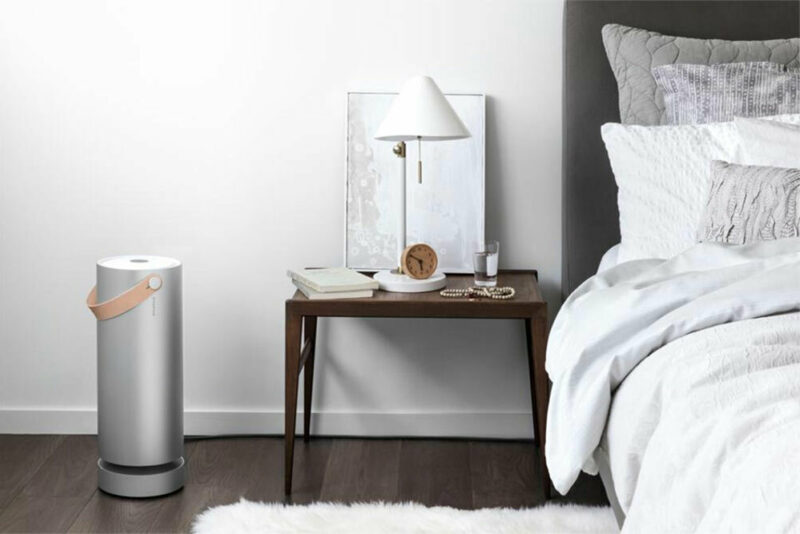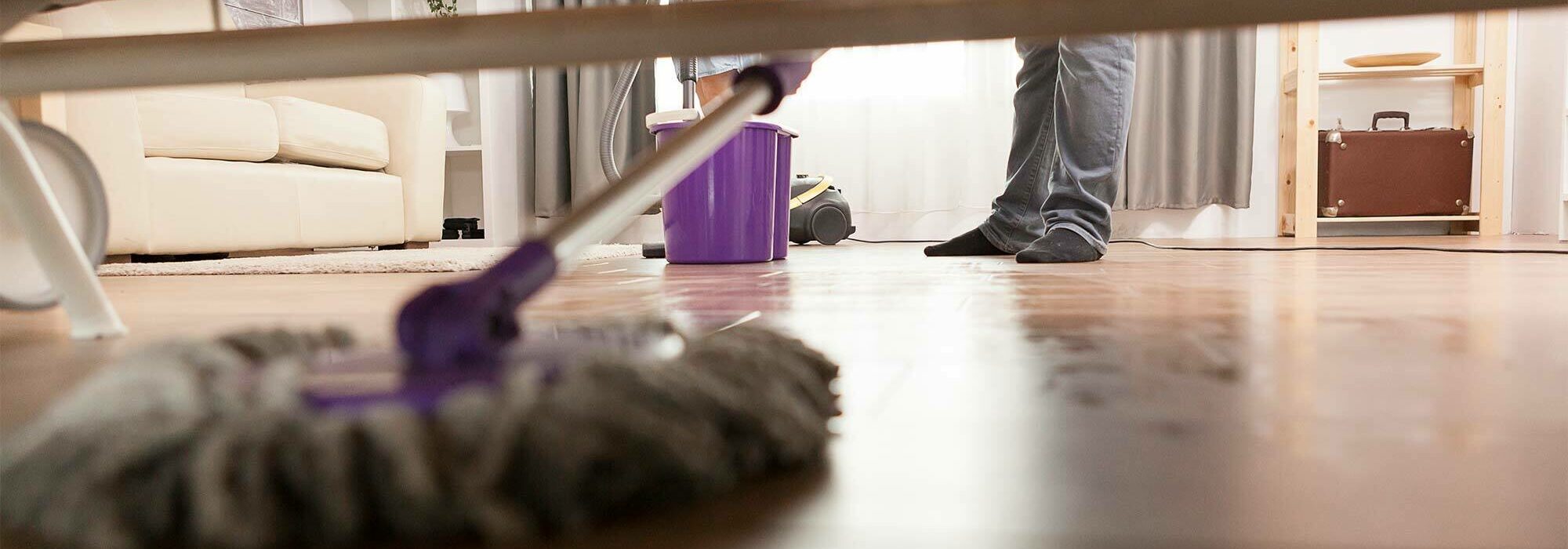Article Excerpt
Texas is known for seasonal allergies. But do your allergies never seem to go away even when you stay indoors? The cause may be inside your home!
Texans take a lot of pride in their state – and rightly so! We have more oil, cattle, and cotton than any other state. We have melt-in-your-mouth barbeque, sweat-producing chili, and the best country music.
And, unfortunately, we almost always make the list for robust seasonal allergies such as pollen and mold. As a matter of fact, in 2020 two Texas towns were dubbed “Allergy Capitals” by the Asthma and Allergy Foundation of America (AAFA).
One in five Texans suffers from seasonal airborne allergens. But how do you explain allergies that never seem to go away? Or symptoms that don’t let up even when you stay inside? It could be that the source of the allergens is inside your home.
Common indoor allergens
Allergy symptoms, such as sneezing and stuffiness, that occur year-round, is called perennial allergic rhinitis, according to the American Academy of Allergy, Asthma & Immunology. It is most often caused by indoor allergens such as dust mite droppings, animal dander, cockroach droppings and molds. When you breathe in these microscopic irritants your body’s immune system reacts by producing antibodies that result in allergy symptoms. If your allergy symptoms seem to be worse at home, consider these tips.

Reduce allergens in your home
- Keep windows closed and use air conditioning.
- Clean air filters frequently and air ducts at least once a year.
- Keep humidity below 50% to prevent mold growth.
- Keep pets outside if possible. If not, do not allow them in bedrooms; bathe them often.
- Use plastic covers for pillows, mattresses, and box springs. Get rid of overstuffed furniture or down-filled bedding/pillows.
- Wash bedding in hot water (130° F) every week.
- Install hardwood floors instead of carpeting. Limit number of throw rugs.
- Avoid dust-collecting window blinds and long drapes. Use window shades instead.
- Vacuum twice a week.
- Exterminate cockroaches and put all food and containers away after eating.
What about air purifiers?
Organizations like the Asthma and Allergy Foundation of America AAFA consider air purifiers helpful for people with allergies and asthma. They have developed a certification program to help consumers identify products that are effective in controlling allergens.
An air purifier removes contaminants using one of two types of air purifying technologies - active or passive. Active air purifiers release negatively charged ions into the air, causing pollutants to stick to surfaces. Passive air purification units use air filters to remove pollutants. Passive purifiers are more efficient since all the dust and particulate matter is permanently removed from the air and collected in the filter.

Photo credit: Molekule
Comparing air purifiers
When purchasing a purifier, compare features so that you select the best product for your needs. For example, if you have pets, an air purifier is effective at trapping airborne pet dander, but not dust mites, which live in your bedding or carpet. Also, look for the purifier’s clean air delivery rate (CADR), which shows how effectively the air purifier filters specific pollutants. The rating also helps determine how powerful the purifier should be based on square footage.
However, before making a purchase, consider having your entire furnace/air conditioning system inspected. A well-maintained system is essentially a whole-house filtration system. The problem is that many homeowners use cheap, thin filters that do little to filter the air. Often a simple cleaning, along with new filters, will remove offending dust and mold that may be hiding there.

Most of us take about 20,000 breaths each day and spend 90% of our time indoors. Considering this, it is easy to see how important clean indoor air is to your overall well-being. Clean household air allows you to breathe easier, sleep better, and find shelter from seasonal outdoor allergies.
Identifying poor indoor quality
There are three indicators that you may have poor indoor air quality (IAQ) according to the Environmental Protection Agency (EPA). First, if you begin to experience health issues after moving to a new home, remodeling your home, or using pesticides, discuss this with your doctor. Second, identify sources of pollution like pets, cigarette smoke, kerosene heaters, and other irritants that may contribute to poor air quality. Lastly, look for signs of ventilation problems such as moisture condensation on windows or walls, smelly or stuffy air, and mold on books, shoes or other items.
Carbon monoxide and radon can also be detected using inexpensive testing devices. For additional help, consult your local health department or other professionals who have experience in solving indoor air quality problems.



